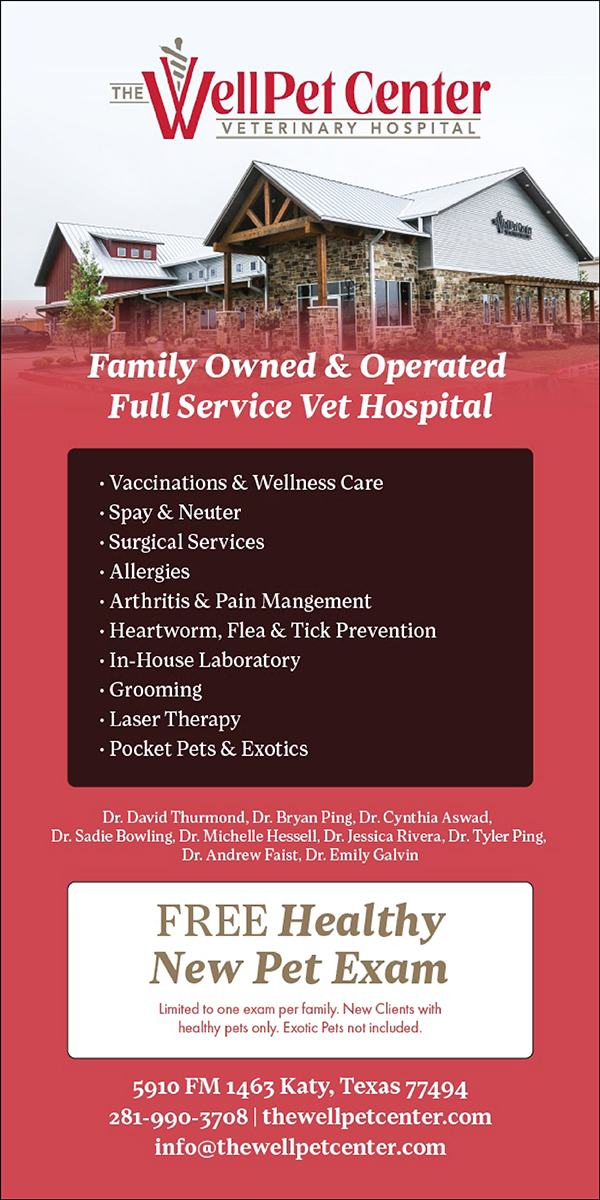
Fall into Gardening: Use Fallen Leaves to Boost Your Garden's Health
By Peggy d’Hemecourt, Advanced Master Gardener: Earth-Kind® Landscaping
Nature is about to provide us with a valuable resource for soil improvement and plant health: Leaves. The autumn or fall season of the year brings cooler nighttime temperatures triggering deciduous trees to prepare for winter by dropping their leaves. The season name “fall” is thought to have originated in the 1500s to represent the fall of the leaf.
Fallen leaves, including pine needles, contain much of the nutrients that the tree extracted from the soil and the air during the growing season. This free, nutrient-rich organic matter can be used in the landscape, replicating the natural processes that occur in mature hardwood forests where leaves decompose in place over time improving soil structure, promoting microorganism growth that is essential to plant health, and serving as a slow-release fertilizer.
Those who compost yard and kitchen waste know that leaves can be added to compost bins as “brown” material. Aside from composting, other ways to utilize fallen leaves in the landscape include mowing, mulching and tilling-in.
Mobile Sidebar Ad
Mowing: Thin layers of fallen leaves can simply be mowed, especially if using a mulching mower, and left in place where they will slowly return their nutrients to the soil, benefiting the health of turfgrass.
Mulching: Leaves make excellent mulch, especially if they are first shredded, for example, using a lawn mower with a bagging attachment. Shredded leaves tend to stay in place during windy conditions better than leaves that haven’t been shredded. Adding a three-to-four-inch layer of mulch in planting beds, vegetable gardens, around trees and shrubs has many benefits:
- It shades the soil, helping to retain soil moisture.
- It deters new weed seeds from germinating.
- It moderates soil temperature.
- As it decomposes, it releases its nutrients into the soil where plants can use them.
Tilling-in: Tilling-in or turning leaves into the soil when preparing a new planting bed in the fall allows them to decompose and return their nutrients to the soil before spring planting time. Tilled-in leaves also improve soil structure. Leaves turned into clay soil improves aeration and drainage. Leaves turned into sandy soil improves its water and nutrient holding capacities.
More information about how to take advantage of nature’s bounty this fall can be found in the Texas A&M AgriLife Extension publication “Don’t Bag It – Leaf Management Plan” using the link aggie-horticulture.tamu.edu/earthkind/landscape/leaf-management-plan.









